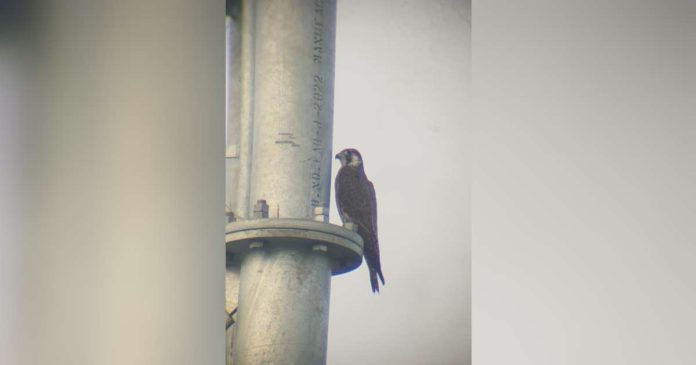
ANTIQUE – A peregrine falcon (Falco peregrinus), considered the fastest member of the animal kingdom, was spotted in a wetland in the capital town of Antique.
Community Environment and Natural Resources officer Louie Laud said they spotted the species during their Asian Waterbird Census (AWC) in a wetland in San Jose de Buenavista on Jan. 12.
Also known as duck hawk in North America, the peregrine falcon could fly at least 390 kilometers per hour.
“It was for the first time that a peregrine falcon, which is a migratory bird, was spotted in a wetland in San Jose de Buenavista,” he said in an interview.
He said the AWC is conducted annually for the Department of Environment and Natural Resources (DENR) through the CENRO to determine new species of birds that migrate in the area and to have baseline data.
He said the peregrine falcon could thrive anywhere except Antarctica, but its presence in Antique could indicate the healthy wetland and food being available in the province.
“The peregrine falcon thrives on fishes as its food,” Laud said.
He said that, aside from the peregrine falcon spotted in San Jose de Buenavista, the AWC likewise spotted other new species, including the tufted duck (Aythya fuligula) and chestnut-crowned tailorbird (Orthotomus castaneiceps) in the wetlands of Hamtic town.
They also saw egret, kingfisher, sandpiper, and other birds, commonly found in the United States of America, Europe, and other countries with winter season, returning to the wetlands in Antique.
“The DENR-CENRO would like to request the public to help protect and preserve these birds because they are important to our biodiversity,” he said.
He said people should not shoot or drive away those birds but allow them to thrive in their new sites. (PNA)/PN





